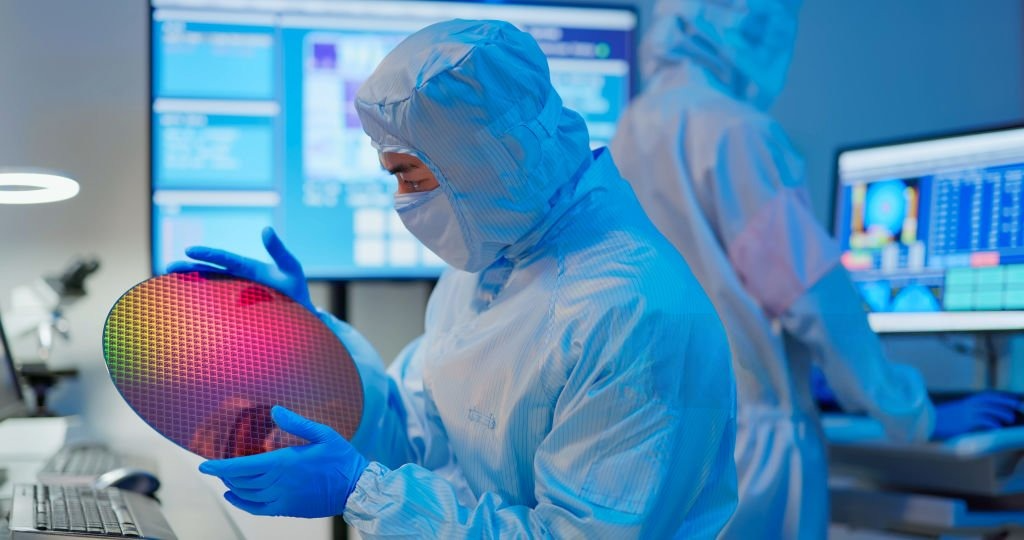Laser Engraving Guide: Types, Technology, & Applications
What is Laser Engraving?
Laser engraving uses focused beams of light to mark or cut materials. It’s commonly used in industries such as manufacturing, jewelry making, and signage creation. Recent advances have made laser engraving accessible for DIY enthusiasts and small businesses.

Types of Lasers Used in Engraving
CO2 Lasers
CO2 lasers are versatile and commonly used for engraving and cutting materials like wood, leather, and acrylic. These lasers use a gas mixture to create a beam of light.

Diode Lasers
Diode lasers are affordable and ideal for engraving organic materials such as wood and leather. They offer lower power and are suitable for smaller projects.

Fiber Lasers
Fiber lasers excel at engraving metals such as steel, aluminum, and brass. They are highly accurate and used in industrial applications.

How Laser Technology Works
The core principle behind laser technology is Light Amplification by Stimulated Emission of Radiation (LASER). Laser beams are coherent and monochromatic, meaning the light is concentrated and travels in a straight line. This allows lasers to cut and engrave materials with high precision.
Laser engravers use different motion systems, including servo gantry systems and galvo scanners, to move the laser beam and mark materials accurately.
Factors to Consider When Choosing a Laser Engraver
- Price: Diode lasers are typically more affordable, while fiber lasers are more expensive.
- Lifespan: Fiber lasers last the longest, up to 100,000 hours, followed by diode and CO2 lasers.
- Wavelength: The wavelength of the laser determines how it interacts with different materials.
- Material Compatibility: CO2 lasers are best for organic materials, while fiber lasers excel at working with metals.
Material Compatibility
Each laser type has its strengths and weaknesses in working with specific materials. For example, diode lasers are ideal for wood, leather, and acrylics, while fiber lasers are used for metals and ceramics.

Conclusion
Laser engraving is an exciting and versatile technology, whether you’re an industrial manufacturer or a hobbyist. Understanding the different laser types and their applications can help you choose the right equipment for your needs. Explore our other resources to learn more about laser engraving and get started with your projects today!

